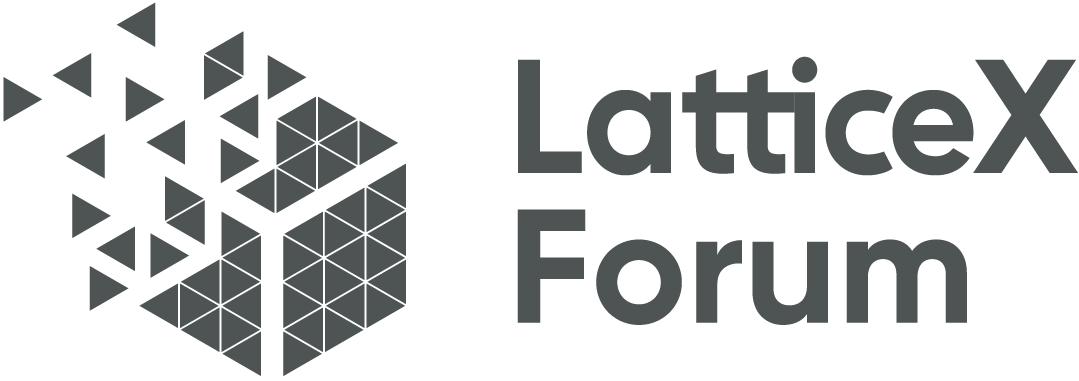Privacy artificial intelligence network(PlatON)
The entire privacy AI network is divided into three layers:
Layer1: Consensus Network
A consensus network is a decentralized blockchain network composed of blockchain nodes. Blockchain nodes are connected through P2P protocols and can negotiate consensus through consensus protocols in an environment that does not require trust from anyone. On the blockchain network, smart contracts can be executed, but due to performance and transaction cost limitations, smart contracts do not support overly complex computing logic and can only access data on the chain, with limited stored data. On the blockchain, each participant can have a complete copy of the data, and all transaction data is publicly transparent, so native blockchain technology does not have privacy protection capabilities. By overlaying privacy computing protocols based on homomorphic encryption, zero knowledge proof, TEE, and other technologies on the consensus network, the privacy of on chain data and computing can be protected.
Layer2: Privacy Computing Network
The basic elements of computation are data, algorithms, and computing power. Data nodes and computing nodes can connect to privacy computing networks through P2P protocols, publish data and computing power, and use data and computing power to perform calculations on algorithms. Through smart contracts on the blockchain, a decentralized sharing and trading market for data, algorithms, and computing power can be constructed. Based on cryptoeconomics on the blockchain, data, computing power, and algorithms can be monetized, forming an effective incentive mechanism to encourage more data, algorithms, and computing power to join the network.
Privacy computing networks can execute smart contracts on consensus networks in privacy, as well as run popular deep learning frameworks. The data in privacy protection computing networks is generally stored locally, and collaborative computing is carried out through secure multi-party computing, federated learning, and other technologies. The data is available but not visible. Not only is the privacy of data protected, but the privacy of calculation results such as trained AI models can also be protected.
Layer3: Collaborative AI Network
By utilizing the dataset and computing resources of privacy computing networks, AI models can be trained, which can be deployed in AI networks and serviced externally through AI agents, forming an AI service market. Through technologies such as Multi Agent System, AI agents can run for communication and collaboration, creating more and more innovative AI services, and implementing AI DAO to form an autonomous AI network.
